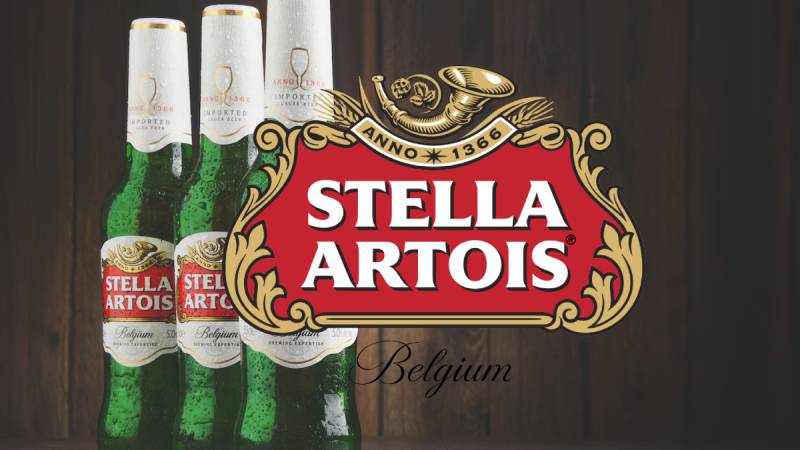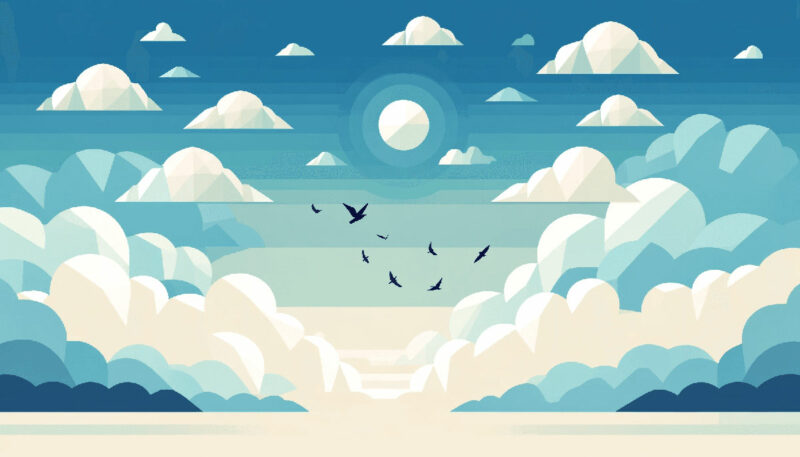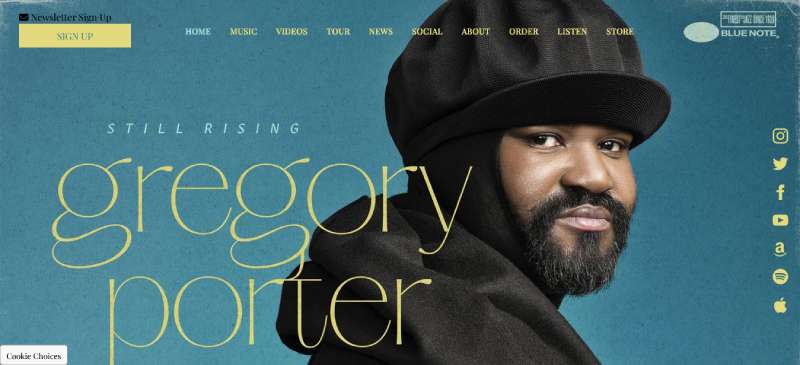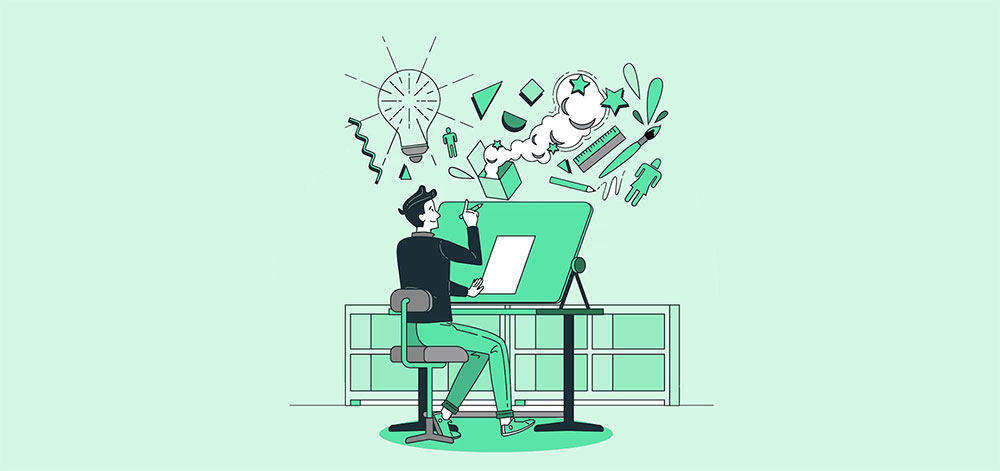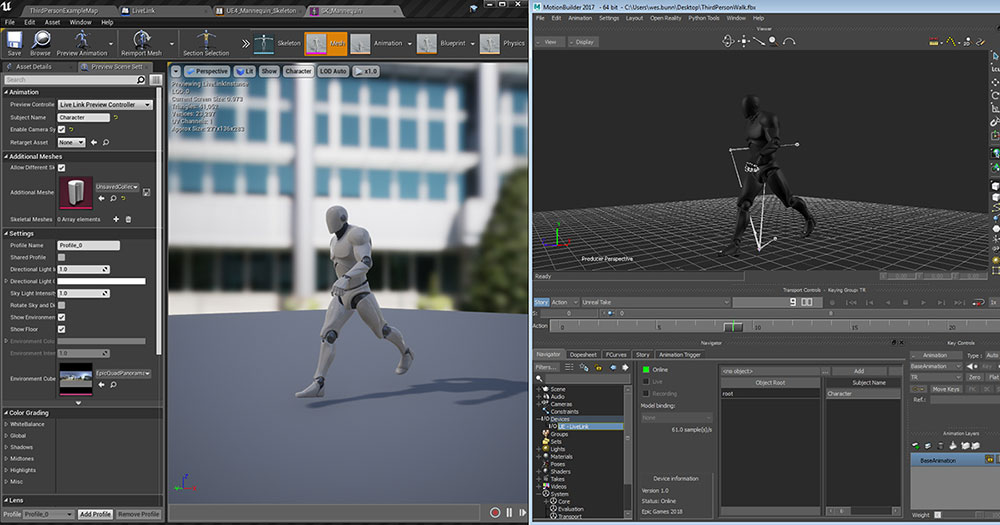Graphic Designer vs Art Director: Leading the Creative Path

Ever found yourself at the crossroads of creative ambition, torn between the vibrancy of a graphic designer and the strategic finesse of an art director? It’s the proverbial fork in the road for many in the visual communication universe.
A tale of two creatives, each wielding a unique spectrum of skills from typography to team leadership, from layout precision to branding strategies.
This isn’t just about picking the right title—it’s uncovering layers of intricate roles.
In this deep dive, we’ll unravel the threads of design hierarchy, navigate through the realms of UX design and creative direction, and emerge with a crystal-clear map of these dynamic domains.
By illustration’s end, expect to wield the know-how to distinguish these roles with the same ease you spot serif from sans-serif.
We’re on a journey to decode not just the practicality of project management in design, but also the philosophical quandaries of art vs. design debate. Buckle up; your perspective on the creative industry roles is about to get a fresh coat of insight.
Historical Context
Evolution of the roles over time
Way back in the day, when folks were still figuring out the best ways to put images and words together, two roles started taking shape: the graphic designer and the art director.
See, graphic designers were the ones getting their hands dirty, creating visual content. And while they were busy with that, there was this other person, the art director, thinking big, thinking about the overall look and feel of a project.
But, man, as time rolled on and tech started evolving? The whole graphic designer vs art director debate started getting more… complex.
How the digital age has blurred the lines
Digital stuff – it’s everywhere. Your phone, your laptop, those nifty billboards on the highway – it’s all the handiwork of some creative minds.
When digital media became the big thing, roles started to overlap. The same dude who was doodling designs yesterday suddenly found himself thinking about how to coordinate a whole digital campaign. And the one who used to call the shots? They’re deep-diving into the nitty-gritty of design software.
This whole blend of roles? It’s made the whole “graphic designer vs art director” thing a bit of a hot topic.
Core Responsibilities
Graphic Designer

Visual execution of concepts
Imagine someone hands you a rough idea or a vague concept. Now, who’s the hero that turns this into a stellar visual?
That’s your graphic designer. They take that idea and make it pop, adding life and color to it. They’re the ones who take a blank canvas and turn it into a masterpiece.
Mastery of design tools and software
If design tools were instruments, graphic designers would be rockstars. From Photoshop to Illustrator, they know their way around these digital beasts, making them dance to their tunes.
Focus on layout, typography, color, and illustration
A graphic designer’s world is all about making things look pretty. From the way letters are spaced out to the shades of blue used in a backdrop, they’re the ones sweating the details.
Creation of visual art with a communicative purpose
It’s not just about creating stuff that looks cool. It’s about sending a message, telling a story. Graphic designers make sure that whatever they create, speaks to people, loud and clear.
Art Director

Overarching vision and direction for projects
While a graphic designer is in the weeds, making individual designs shine, an art director is like a bird up in the sky. They’re looking at the big picture, making sure everything fits together just right.
Coordination with various creative team members
It’s not just a solo gig. An art director works with copywriters, designers, photographers – you name it. They’re the maestros, making sure every part of the creative orchestra plays in harmony.
Brainstorming and ideation
Need a killer idea for a campaign? Art directors are on it. They’re the brainstorming champs, always coming up with fresh, out-of-the-box ideas that grab attention.
Ensuring brand consistency
Brands have vibes, you know? Like, a certain feel to them. Art directors make sure that everything – from a tiny logo to a massive billboard – screams that vibe. They’re the guardians of the brand, making sure it always shines through.
Skill Sets
Graphic Designer
Technical proficiency (e.g., Adobe Creative Suite)
Alright, imagine having a toolbox. For a graphic designer, this toolbox is digital. Tools like Photoshop, Illustrator, or InDesign?
They’re like the hammers, screws, and tape measures in a designer’s virtual toolkit. Mastering these tools? It’s like being a wizard with a magic wand, but in front of a computer.
Understanding of design principles
Design isn’t just about making stuff look cool. There’s an entire science behind it. It’s knowing which colors make people feel a certain way or how to arrange elements so that they’re pleasing to the eye. It’s like the grammar in the language of design.
Ability to execute visually appealing designs
So, you know when you scroll through Instagram, and there’s that one ad or post that just stops you in your tracks? That’s a graphic designer’s jam.
They make stuff that not only looks good but feels right.
Art Director
Strong conceptual skills
Think of an art director as the idea person. They’re the ones who come up with those mind-blowing concepts for campaigns or brand stories.
You know, those ideas that make you go, “Why didn’t I think of that?!”
Ability to guide and direct creative teams
An art director? Kinda like the captain of the ship. They’re guiding everyone, from designers to copywriters, making sure everyone’s paddling in the same direction.
It’s not just about having a vision, but making sure everyone else sees it too.
Understanding of broader marketing and business objectives
Okay, so it’s not all just pretty pictures and snazzy graphics. Art directors gotta have their heads in the business game too.
They’re always thinking about how their creative decisions fit into the bigger picture, like driving sales or boosting brand love.
Career Path and Progression
Graphic Designer
Typical progression in the design world
Starting off in the design world feels kinda like being the new kid in school. Most folks kick things off as junior designers, grinding, learning, and slowly moving up the ranks.
There are those late-night design sessions, the never-ending quest for inspiration, and with every project, the skills just keep leveling up.
Potential transition to art direction
And sometimes, after doing the design hustle for a while, some graphic designers feel the itch.
The itch to move from just designing to steering the whole creative ship.
That’s where the whole graphic designer vs art director evolution comes into play. Some designers?
They take the plunge and transition to being art directors, moving from pixel-pushing to big-picture thinking.
Art Director
Evolution from junior roles to senior positions
Just like designers, art directors don’t start at the top. Nah, they grind their way up too.
Starting off maybe as a junior art director or even a designer, they learn the ropes, get a feel for the game, and as they soak up experience, they climb that creative ladder.
The relationship with Creative Directors
Picture this: if an art director is the captain of the ship, then the creative director? Probably the admiral.
Art directors and creative directors work hand in hand. While art directors focus on the visual vibe, creative directors are looking at the entire creative universe.
And trust me, when these two get their heads together? Magic happens.
Real-world Applications
Graphic Designer
Examples of notable design work
Okay, so you know that iconic swoosh? Yep, Nike. Or that bitten apple logo? Obviously, Apple. These aren’t just random drawings.
These are the genius of graphic designers. Designs so simple yet so recognizable that they’re etched into our minds. They’ve become more than just logos; they’re symbols of the brands they represent.
Impact on brand recognition and marketing
Brands aren’t just about selling stuff. They’re about stories, feelings, and experiences. And who helps with that? You guessed it, graphic designers.
When you’re sipping that cola and you instantly think of a red can with a white ribbon-like design, that’s brand recognition. Graphic designers play a massive role in making sure that every visual touchpoint, from ads to product packaging, echoes the brand’s vibe.
Art Director
Successful advertising campaigns
Remember the “Just Do It” campaign or the “Share a Coke” one? Those weren’t just random ideas.
They were born from the minds of art directors, who took a simple concept and spun it into gold. It’s not just about pretty visuals, but a combination of the right message with the right imagery. And when it’s done right, it sticks with us, sometimes for a lifetime.
Influence on brand strategy and identity
A brand is like a person; it has a personality, a voice, and a style. Art directors are the ones shaping this personality.
When you see a rugged, adventurous commercial for a 4×4 truck or a sleek and stylish ad for a luxury perfume, there’s an art director ensuring that every visual and every message is in line with the brand’s identity.
Salary and Job Outlook
Comparative analysis of earnings
Alright, so let’s talk dough. When it comes to the big bucks, both graphic designers and art directors have the potential to make a pretty penny.
But, not gonna lie, typically art directors tend to earn more. Think of it like this: a guitarist in a band versus the band’s manager. Both are essential, but their responsibilities and therefore, their earnings, differ.
That being said, the more experience and skills a graphic designer gains, the closer they inch to those art director salaries, especially if they make the jump into art direction.
Future demand for each role
Look around you. Everywhere you see, there’s some form of design or advertising, right? From your cereal box to the ads on your phone.
With businesses constantly trying to outshine each other, the demand for creative minds isn’t slowing down anytime soon.
For graphic designers, the digital world is like a vast playground, with everything going digital, from ads to magazines.
And for art directors, as long as there are brands needing direction and campaigns needing a vision, there’s a chair with their name on it.
FAQ On Graphic Designer Vs Art Director
What’s the main difference between a graphic designer and an art director?
They’re like two beats in the same song. A graphic designer zeroes in on the visuals—crafting the tangible elements we see, such as logos and layouts.
The art director orchestrates the whole visual symphony, steering the artistic vision and strategy, keeping creative focus across various projects.
Do graphic designers need to know how to direct art?
It’s not a must, but, hey, versatility never hurt anyone. Understanding art direction can give a graphic designer an edge, adding depth to their branding strategies. Knowing the ropes of creative direction can also pave the way for career progression in the design hierarchy.
Can an art director create designs as well?
Absolutely. Art directors often start as designers, after all. They’ve got the chops to design but generally soar higher, focusing more on the big picture.
They make critical calls on creative concepts, ensuring every visual narrates the right story, aligning perfectly with brand identity guidelines.
What’s more important: design skills or leadership for an art director?
Trick question. You need both. A steady hand at leadership defines an art director, guiding creative teams with wisdom and experience. Yet, their roots in design principles remain core—a balance of visual communication finesse and team management is their true superpower.
How do education requirements differ for graphic designers and art directors?
Typically, both gigs can kick off with something like a Bachelor of Fine Arts. But it’s a lifelong learning gig. Graphic designers hone skills from typography to layout.
Art directors stack up those skills with a dollop of leadership, possibly pursuing additional qualifications in creative project workflow.
Is there a clear career path from graphic designer to art director?
There’s a path alright, not always clear-cut but definitely walkable. Most art directors begin their trek as graphic designers.
They rack up experience, sharpen their creative direction, and nab a keen understanding of user experience design. It’s this seasoned journey that can lead to a rightful spot as an art director.
What roles do graphic designers and art directors play in advertising?
Graphic designers are the magicians conjuring memorable ads with visual charm. But who sets the stage for this magic? The art director.
They’re the ones who narrate the overarching plot, align it with brand identity, and ensure the campaign’s success with their seasoned grasp on marketing collateral.
Which role is more involved with clients, graphic designer or art director?
Picture the art director as the conductor of client relations. They’re often front and center, rallying client trust, taking charge of client presentation skills, translating feedback into actionable insights for their design team.
Graphic designers, while they may have client interaction, typically focus more on the execution aspect.
How do the day-to-day responsibilities of graphic designers and art directors differ?
Imagine the graphic designer in a pixel-perfect world, molding the minuscule details of design into visual triumphs.
Switch scenes to the art director—they live in a wider creative landscape, mapping out project trajectories, ensuring each detail sings in harmony with the creative concept.
What’s the salary difference between a graphic designer and an art director?
Show me the money, right? Graphic designers take home a respectable bundle, but art directors often bag more. With more responsibility comes a chunkier paycheck.
They oversee projects, direct creative teams, and the added weight on their shoulders usually reflects in their compensation.
Conclusion
So, we’ve journeyed through the creative labyrinth, exploring corners of graphic designer vs art director—each a unique chapter in the storybook of visual storytelling. Remember, it’s not a duel, but a dance—a partnership of talents that enriches the tapestry of visual communication.
- Graphic designers: they’re the artisans, hands deep in the clay of creation, sculpting every pixel with purpose.
- Art directors: the visionaries, plotting the course on the map of imagination, navigating through the seas of brand identity.
As the curtain falls on this act, it’s clear. Whether you’re eyeing the meticulously arranged pixels or orchestrating an entire visual symphony, both roles are vital. At the core, it’s all about that vibrant collision—where art meets strategy, and creative concepts are given wings to soar.
Carry onwards with this newfound clarity. May it be the compass that guides every creative decision, every leap towards a masterpiece.
If you liked this article about graphic designers vs art directors, you should check out this article about graphic designers vs UX designers.
There are also similar articles discussing graphic designer vs illustrator, graphic designer vs web designer, graphic designer vs digital artist, and graphic designer vs visual designer.
And let’s not forget about articles on graphic designer vs animator, how to become an illustrator, how to become an art director, and how to become a graphic designer.


